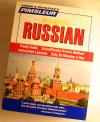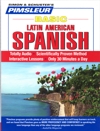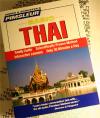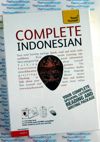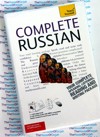Berlitz Swedish Phrase Book and Audio CD
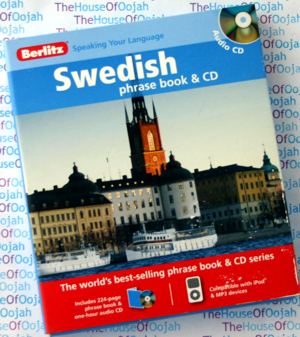
Berlitz Swedish Phrase Book and CD224 page phrasebook and audio CDGet Other Swedish Language Learning Audio click here |
 |
Berlitz Swedish Phrasebook and Audio CDBrand New The Berlitz Swedish Phrase Book and CD offers the most up-to-date, relevant content in both print and audio formats to help any traveler build a basic Swedish vocabulary. The completely revised and redesigned Phrase Book contains hundreds of useful travel-related phrases - from saying hello to making a hotel reservation to shopping - and the user-friendly book is color-coded to provide easy navigation between sections. Also included are practical, full-color photographs, an extensive menu reader, and an English-Swedish dictionary. The accompanying audio CD is narrated by a native speaker using a listen-and-repeat approach that helps the traveler acquire and retain new vocabulary. Whether traveling abroad for business or pleasure, the hundreds of travel-related expressions and the convenient, compact format make the Berlitz Swedish Phrase Book and CD a suitcase essential. Features: About the Swedish LanguageSwedish is a North Germanic language, spoken by more than ten million people, predominantly in Sweden and parts of Finland, especially along the coast and on the Åland islands. It is to a considerable extent mutually intelligible with Norwegian and to a lesser extent with Danish (see especially "Classification"). Along with the other North Germanic languages, Swedish is a descendant of Old Norse, the common language of the Germanic peoples living in Scandinavia during the Viking Era. Standard Swedish is the national language that evolved from the Central Swedish dialects in the 19th century and was well established by the beginning of the 20th century. While distinct regional varieties descended from the older rural dialects still exist, the spoken and written language is uniform and standardized. Some dialects differ considerably from the standard language in grammar and vocabulary and are not always mutually intelligible with Standard Swedish. These dialects are confined to rural areas and are spoken primarily by small numbers of people with low social mobility. Though not facing imminent extinction, such dialects have been in decline during the past century, despite the fact that they are well researched and their use is often encouraged by local authorities. |
Berlitz Swedish Phrasebook and Audio CD |
| Retail: | $24.95 |
| On Sale: | $22.95 |
| You Save: | 9% |
| Stock Info: | Out Of Stock |
| Receive In Stock Notification |

 0 Items (Empty)
0 Items (Empty)
